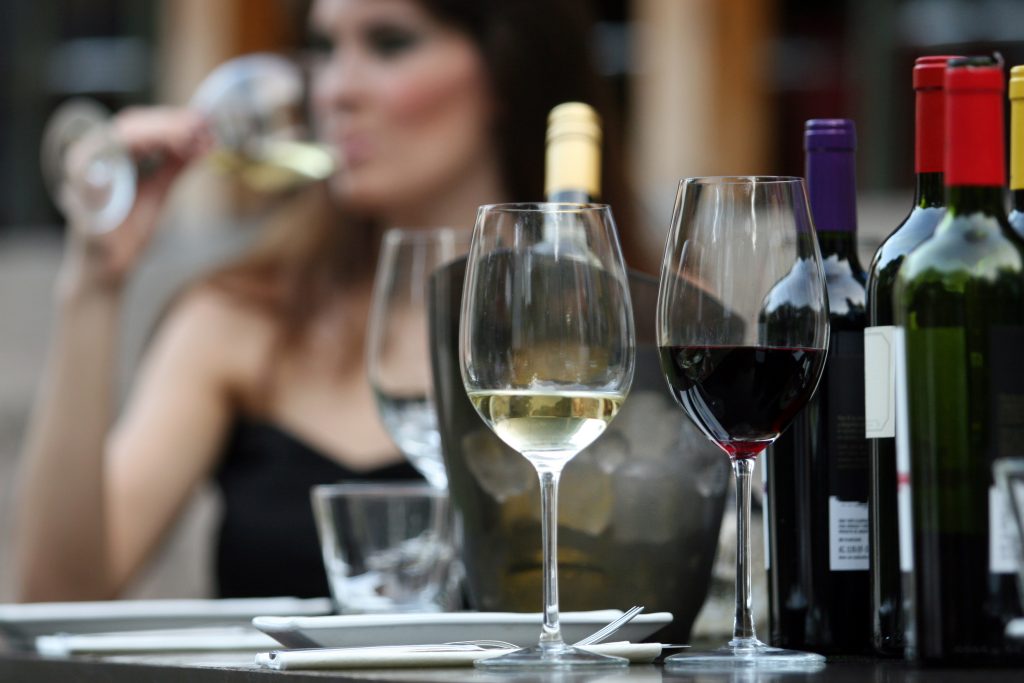The most orthodox followers of wine prefer to take out the wines they wish to drink from their own cellars, and then offer them to friends and guests under strict service codes, including glasses and decanters to measure. Usually, these fans bring their own bottles to restaurants and hotels, paying corkage fees which can be around $20 per bottle, depending on location. And when they can not meet this ritual, studying wine lists publicly and carefully, demanding to see the bottles in advance.
First they are examined to ensure their preservation and then the first sip is taken, with nose and palate in tune to ensure the quality and condition of the product. Plain and simple; wary of strangers. Of course these people are not listed as potential customers for wines by the glass, and less if the selection has been made by others. The truth is that wine by the glass, from the traditional point of view, is intended for those who go to restaurants to enjoy the food, without being forced to order a bottle to accompany their favourite dishes, either for budgetary reasons or because they do not want to get behind the wheel after more than one drink. Or because in the same group, there are people who want red, and others white or rosé.
However, the supply is limited and includes a couple of wines -red or white, generally low priced without traceable corkage dates. Worse still, many of these wines are served already opened. Only a handful of restauranteurs and hoteliers have realised that the policy of selling wine by the glass, containing not only a wide selection, but high-end labels can be as profitable as selling a bottle. And, of course, we are talking of bottles kept in dispensers where the air is removed to prevent de-terioration. This is also a way of bringing wine to diners at more attractive prices. Because profit margins all along the chain always puts wine out of the reach of most consumers. And as that hap-pens, many opt for alternatives.
However, the global trend is going in the opposite direction, adapting the offer of wine to market conditions, fostering conditions for increasing sales. Moreover, if the seller operates in a middle-income market, where it would be logical that wine might not be too expensive to enjoy it more frequently. In areas of high consumption, such as Europe and the United States, where prices are more sensible, the crisis has forced producers and marketers to work with ingenuity. A recent study by the consulting firm Technomic says that the increase in wine consumption in the United States in 2012 (calculated at 5.2% per year) is due not to the sale of wine by the bottle, but wine by the glass, that, according to research, has created a new selling opportunity, especially among people who care about their pocket or among younger consumers. Winemetrics LLC, another research firm, indicated that while the sale of wine per bottle fell last year by 4%, wine by the glass grew by 6.5%.
What explains this change?
On one hand, people are willing to experiment with wines of different origins and styles, and the best way to do that is by enjoying it by the glass. Another factor is that in times of crisis, like today, people pursue lower-cost options. And although it is still insufficient, wine marketers in the region have begun to implement strategies to encourage this consumption by expanding wine by the glass programs and other offers. Hopefully this will be broadened and sustained for the benefit of the entire chain.



